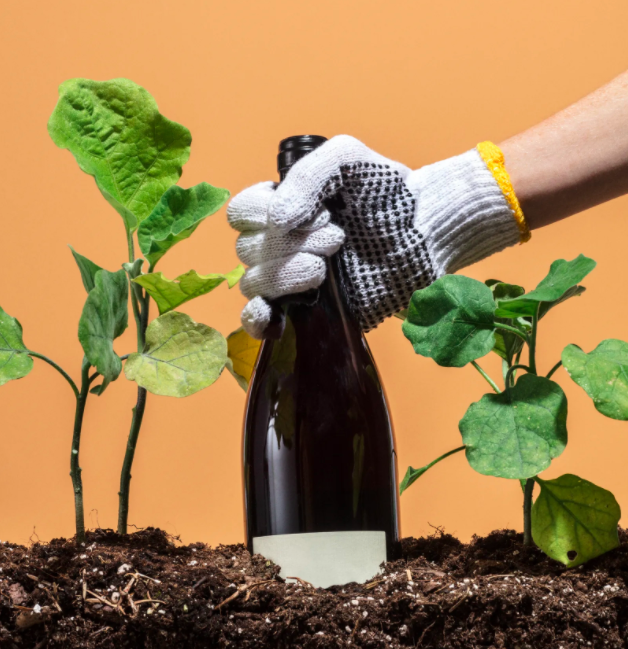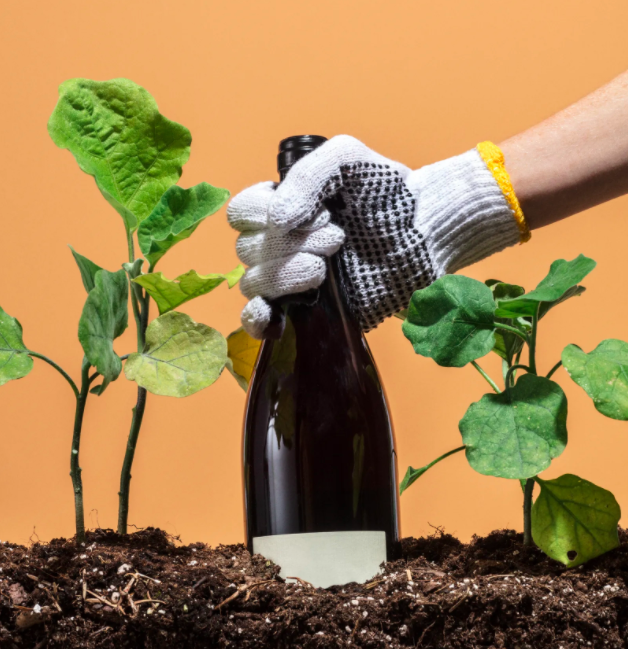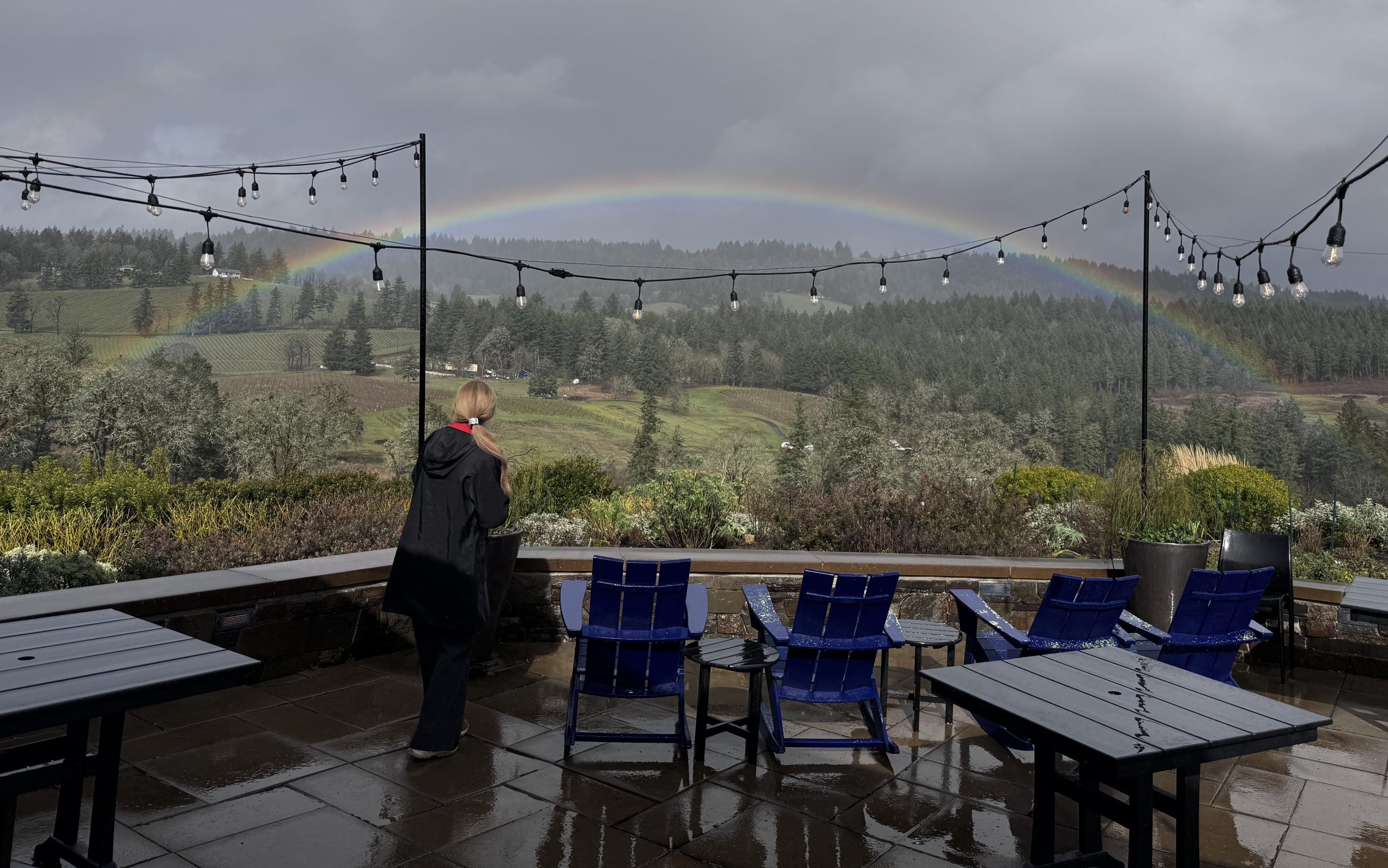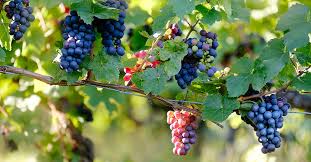
As I sit in my office/dining room on a typical rainy Portland day in March, I am clearly reminded that weather has a huge impact on wine making. As everyone knows, Portland has a reputation for rain, which I can confirm in my short time here. It seems 3 out of every 4 days has some precipitation, though I am sure that ratio changes as we enter the summer season, or else those grape berries won’t ripen and there wouldn’t be a wine industry here! What grows in water? Microbes such as fungi and bacteria.
The Common Denominator: Preservation
You may be wondering, what do sulfites, corks and natural winemaking have in common? Well, preservation is why sulfites are added to wine (or not) and why corks (of some type) are needed to plug each bottle. Preservation of natural/organic/biodynamic wines require specialized expertise from winemakers. Take away sulfites as a preservation option and it must be replaced, lest you risk buying a wine that goes bad quickly.
The Low Down on Sulfites
Sulfur compounds occur in very small amounts naturally in the field and do offer some protection from unwanted microbial growth. Additional sulfur dioxide is often added during the winemaking process to preserve the wine, allowing for years of aging without deterioration. The addition of sulfur (i.e. sulfites) is regulated in the US by the Alcohol, Tobacco and Trade Bureau (TTB). Wineries who add sulfites must indicate this inclusion on their labels if the concentration exceeds 10 parts per million (PPM). Wineries looking to differentiate their products as “natural” often forgo additional sulfites and rely on naturally occurring sulfur compounds as well as other methods to preserve their wines. These other methods include refrigeration to slow microbial growth as well as pH adjustments as microbes don’t grow well in low pH (acid) or high pH (alkaline) conditions.
Why all the fuss about sulfites in the first place? First off, some folks are sensitive to wine, particularly reds, and may experience rashes, hangovers and allergy-type symptoms after imbibing.They may not have the same experience with other alcoholic beverages and may attribute this difference to the added sulfites. These compounds may or may not be the culprit. Your state may require a sulfites sign near salad bars (remember those pre-pandemic?) where sulfites are used to preserve the raw vegetables from spoiling. If you are sensitive to sulfites in wine, you would also be sensitive to sulfites in salad bars. In reality the culprit is more likely to be the myriad of flavor/aroma compounds found in higher concentrations in red wines such as polyphenols, anthocyanins, and tannins. White wines and distilled spirits such as vodka and tequila have a smaller amount of these compounds, so if red wine doesn’t agree with you, try white: still or sparkling.
Natural vs Organic vs Biodynamic
In the eyes of the US government, “natural” has no legal definition. It can be used anywhere (including the cosmetics industry where I spent 20+ years) and gives no guarantees on quality or ingredients used except as defined by the seller. Retailers such as Whole Foods, Sephora, Target, for example, have created their own definitions which vary wildly in what they consider “natural” for cosmetics. The same applies for natural wine designations: the winemaker decides what they mean by “natural” for their wines.
The word “organic,” however, is regulated by the USDA and has strict guidelines a winemaker must meet to use the USDA Organic seal on their label. Organic grapes are grown without the use of chemical fertilizers or pesticides. To claim “made with organic grapes” the winery must source 100% of their grapes from USDA certified vineyards and use less than 100 PPM of sulfur dioxide in the finished wine. Note that the TTB limit is 10 PPM, so an organic winery which adds over 10 PPM up to 100 PPM must use “Contains Sulfites” on their label. Under 10 PPM and they don’t need the sulfites label, over 100 PPM and they cannot qualify for the USDA organic seal. Confused yet?
Biodynamic viticulture is related to organic farming, but has additional rules and is not regulated by the USDA. Typically grapes are grown according to organic rules. Rudolf Steiner outlined the philosophy of biodynamics in the early 20th century, which includes metaphysical components such as alignment of the planets and phases of the moon to guide agriculture. Demeter International1 , an NGO (non-government organization), regulates this certification,
My mother’s cousin in Denmark was an early adopter of biodynamic farming in the 60’s-70’s. His beef was deemed high enough quality to supply the famed Noma restaurant in Copenhagen, named the world’s best restaurant of the year in 2010, 2011, 2012, 2014 and again in 20212. So the proof of quality bestowed by following biodynamic methods is in the eyes, or taste of the audience.
The Takeaway: What about Oregon?
Oregon is a leader in organic and biodynamic winemaking. Oregon produces just 1% of US wines but over 50% of biodynamic wines! 3
Willamette Valley Wineries Association posts 48% of Oregon acreage is sustainably farmed (vs 29% in CA4) and lists 24 (of 41 wineries statewide) who organically farm their grapes just in the Willamette Valley. 5,6
If organic, biodynamic wines are important to you, Oregon is where it’s at!
Are these wines “better”? That’s a personal choice, so come taste and decide for yourself. When you book a private tour with Triangle Wine Country, please let us know if you prefer to visit organic/biodynamic/sustainable wineries.There are plenty to choose from including Sokol Blosser, Beaux Freres, Stoller, Purple Hands, and Lemelson. Come find out what makes the Willamette Valley wine country unique and what the fuss is about with natural wines.
1-https://www.demeter-usa.org/downloads/Organic-vs-Biodynamic.pdf
2- https://www.theworlds50best.com/the-list/1-10/Noma.html
3-https://wineindustryadvisor.com/2020/03/24/oregon-wine-leader-biodynamics
4-https://wineinstitute.org/press-releases/cswas-certified-sustainable-2019-report
5-https://www.willamettewines.com/about-the-valley/oregon-pinot-noir/sustainability/
6-https://organically-oregon.com/wineries
Photo credit: https://www.gq.com/story/how-to-drink-natural-wine









